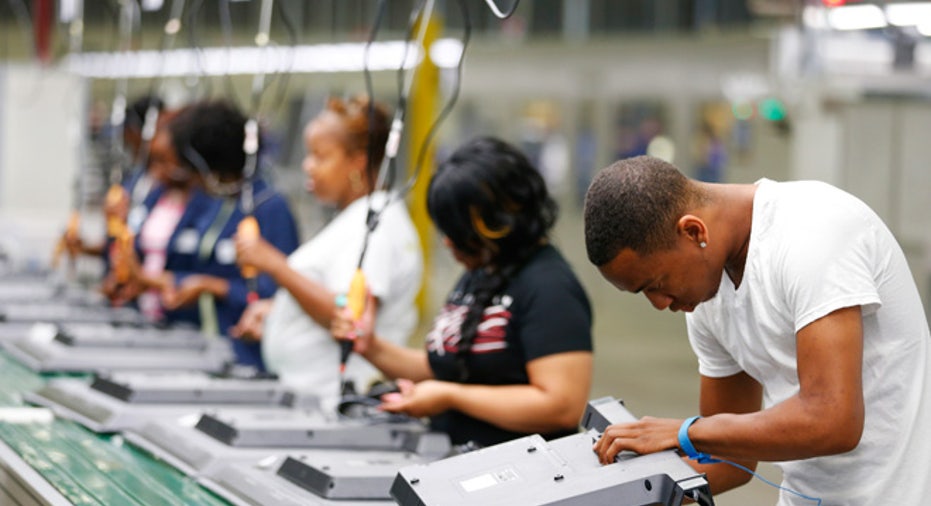Strong Jobs Report Might Not Calm Fears

Another solid month of job creation with the headline unemployment rate holding steady at a seven and a half year low might not be enough to quell fears that the U.S. economy is slowing down.
The January jobs report is out Friday and analysts are predicting healthy numbers: the U.S. is expected to have added 190,000 new non-farm jobs and the unemployment rate will likely remain at 5%.
David Kelly, chief Global Strategist at J.P. Morgan Funds, said the labor report “should show a continued steady tightening in the U.S. labor market.”
However, as has been the case throughout the first month of 2016, the January labor market numbers could be offset by the release of lackluster economic data elsewhere, namely a productivity report which Kelly said “should show a big decline in worker efficiency and a big rise in unit labor costs in the fourth quarter.”
The December jobs report was ostensibly a homerun, revealing that 292,000 new jobs were created that month, a much higher number than analysts had anticipated. But the jubilation over the job creation number didn’t last long once investors took a closer look at the report and realized wages had barely budged from the prior month.
Wages have emerged as arguably the most important piece of data in the monthly jobs reports.
Analysts believe wages rose a measly 0.3% in January over December.
Federal Reserve policy makers have been telling everyone for months that wages are bound to start rising as a result of the tightening jobs market, and that when they do increased consumer spending will push prices higher which will lift inflation toward the Fed’s 2% target.
When the Fed raised rates in December for the first time in nearly a decade they did it essentially under that premise. In fact, Fed policy makers suggested that labor markets were gaining so much momentum that the central bank would probably be able to raise rates a total of four times in 2016, moving U.S. monetary policy that much closer to ‘normal.’
But that scenario has yet to materialize. What’s more, shortly after the Fed raised rates on Dec. 16 new concerns emerged out of China that the world’s second largest economy was weakening after years of remarkable growth. That combined with uncertainty caused by the freefalling price of oil sent U.S. markets into a tailspin.
All of that turmoil has caused some influential Fed members to backtrack a bit on their December optimism. New York Fed President William Dudley, an influential member of the policy-setting Federal Open Markets Committee, acknowledged Wednesday that global financial markets have grown increasingly turbulent in the seven weeks since the Fed raised rates.
In an interview with Market News International, Dudley said “financial conditions are considerably tighter than they were at the time of the December meeting” and that the Fed is closely monitoring the turbulence and will factor it into their future decisions regarding rate hikes and other policy measures.
A month ago it seemed a pretty sure bet the Fed was lining up March for another rate hike. Now that bet is 50/50 at best. Those odds could change with another stellar jobs report that included signs that wage growth is gaining some much-needed momentum.



















